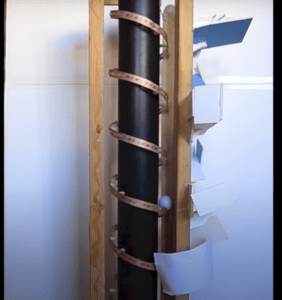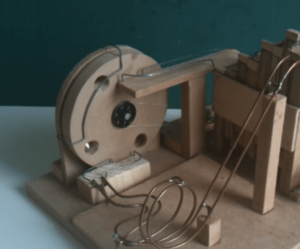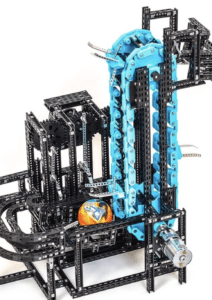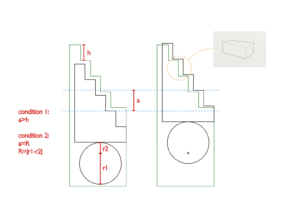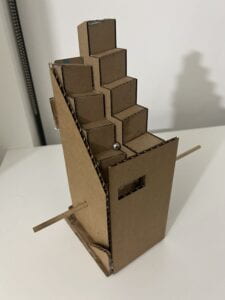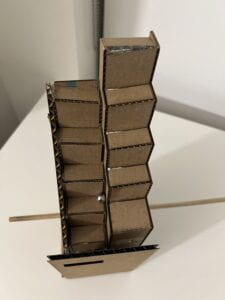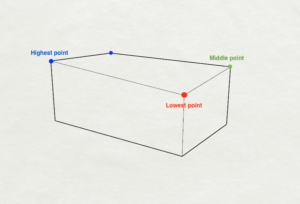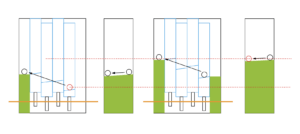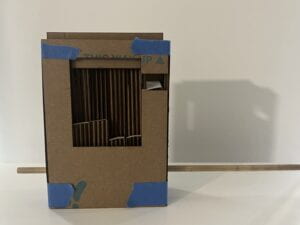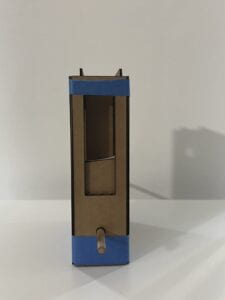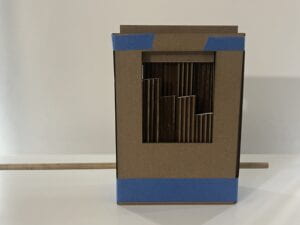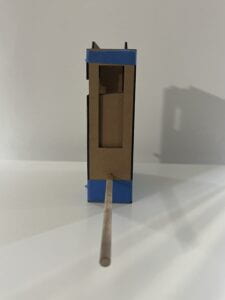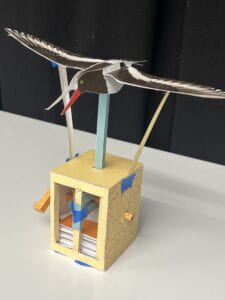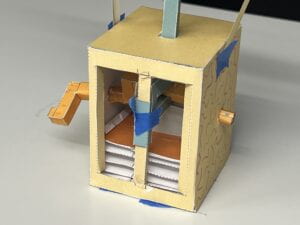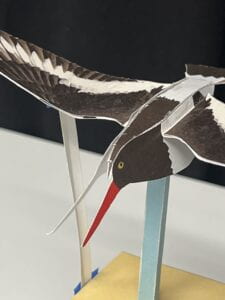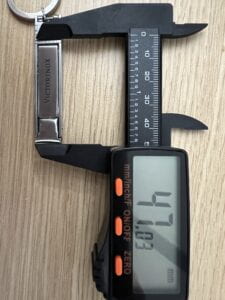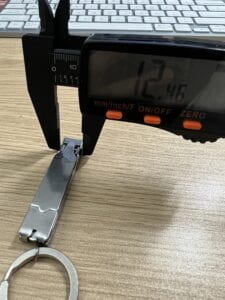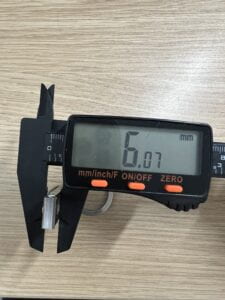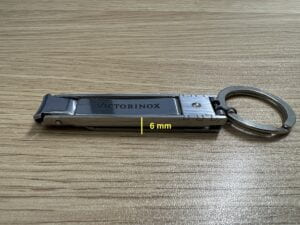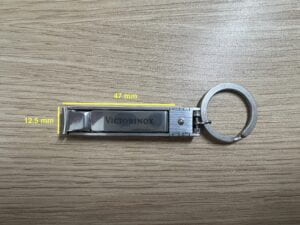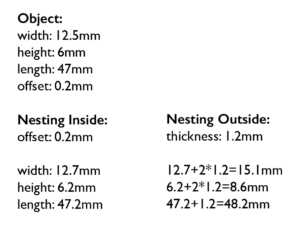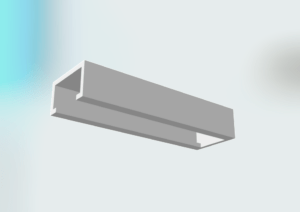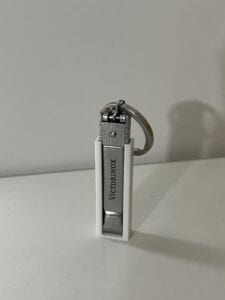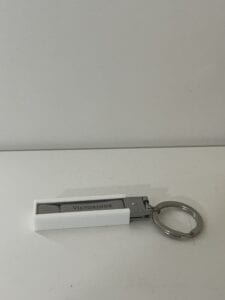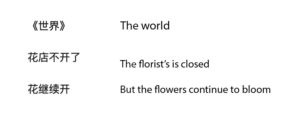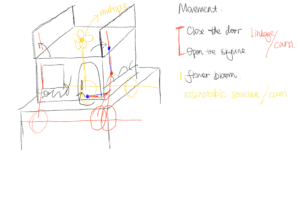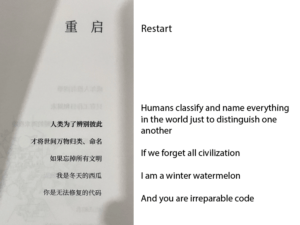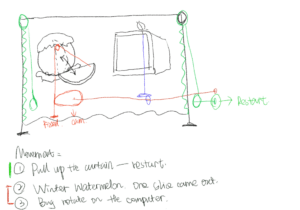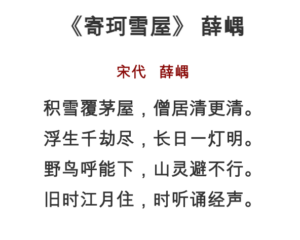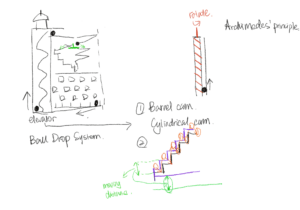Oct 4, 2023
Idea Proposal: The scenario of Christine’s auction
Characters: auctioneer, hammer, a bidder
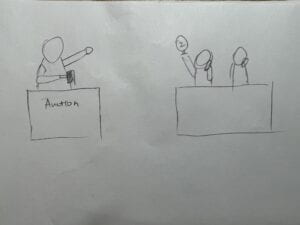
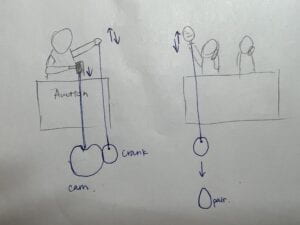
Material: wood, clay, metal wire
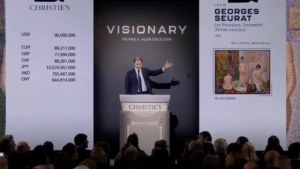
♠♠♠♠♠♠♠♠♠♠♠♠♠♠♠♠♠♠♠♠♠♠♠♠♠♠♠♠♠♠♠♠♠♠♠♠♠♠♠♠♠♠♠♠♠♠♠♠♠♠♠♠♠♠♠♠♠♠♠♠♠♠♠♠♠♠♠♠♠♠♠♠♠♠♠♠♠♠♠♠♠♠♠♠♠♠♠♠♠♠♠♠♠♠♠♠♠♠♠♠♠♠♠♠♠♠♠♠♠♠♠♠♠♠♠♠♠♠♠♠♠♠♠♠♠♠♠♠♠
Oct 18, 2023
First, I recap the scenario which shows the auction, one auctioneer, falling the hammer to make a deal, and one bidder, lifting the number paddle to bid.
Based on last week’s feedback, I added one more layer as a bearing in the middle of the cams and scenario’s platform to constrain the moving rods in a relatively limited path.
As the result of thinking about how to make the characters in the most effective way, I sketch each component of the characters in Illustrators in advance which can give relative guidance when I making it even though practice is the only way to test assumptions.
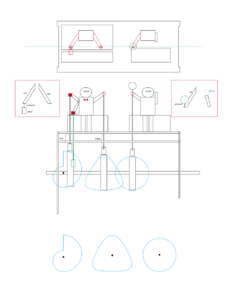
I prioritized the making of the platform as the last step since the relative distance between each character is fixed, the platform’ size should depend on the whole scenario to avoid over-big or over-small. Thus the validations of movement are finished on my cardboard prototype.
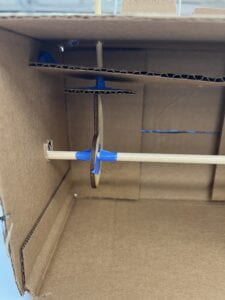
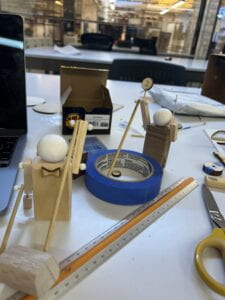
Midway through making the characters, I found that there 2 linkages in each arm, and more effort had to be made on it. I noticed that foam clay, which I prepared to use for the head, could be a good material for making the nut or block. In my case, it’s a good way to simplify the making since my characters are small and leverage the materials I have.
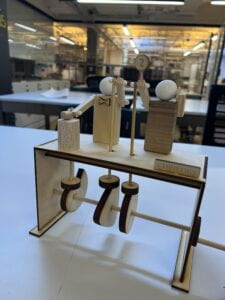
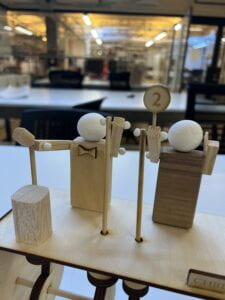
One thing I want to challenge in this project is the relationship between the time difference, while the falling of a hammer once another hand should shake three times. Even though I tried to adopt the different shapes of cams to achieve the time difference, the relationship is not apparent. The gears might be a more precise solution for this. But in general, I’m satisfied with the assignment.
